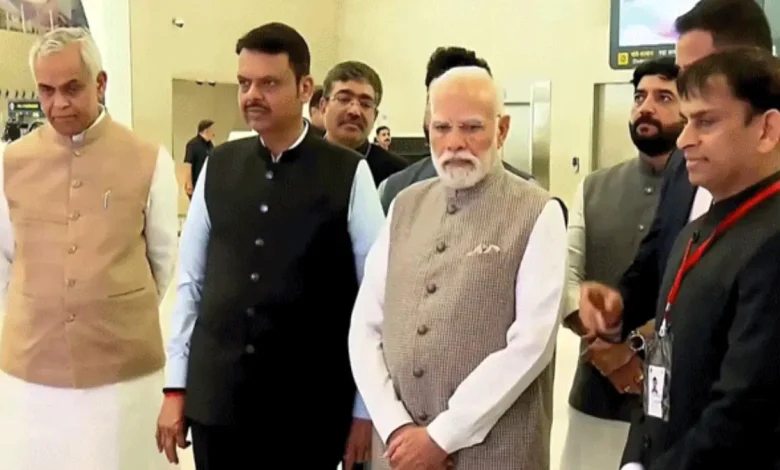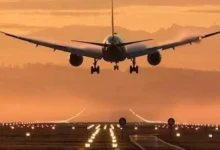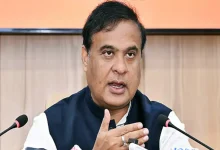
New Delhi : PM Narendra Modi on Wednesday inaugurated Phase 1 of the Navi Mumbai International Airport (NMIA). The new airport, spread over 1,160 hectares, is set to significantly boost India’s aviation capacity and ease the heavy traffic burden on Mumbai’s existing
Prime Minister took a walkthrough of the newly constructed facility. Domestic flight operations from the new airport are expected to begin soon, with international routes scheduled to commence by December. The facility includes four terminals and two parallel runways. A dedicated VVIP terminal is also planned, with construction slated to start in 2026 and complete by 2030.
At the heart of the project lies ZHA’s evocative design, selected from a global competition in 2018. Drawing from the lotus—India’s revered national flower—the terminal embodies themes of renewal and grace. A sweeping steel-and-glass canopy seems to hover effortlessly above the landscape, propped up by 12 slender, petal-inspired columns and 17 robust mega-columns. These elements, meticulously engineered to endure seismic tremors and fierce winds, not only infuse the structure with symbolic depth but also serve as vital load-bearing features, allowing daylight to cascade through expansive concourses.
This fusion of cultural resonance and cutting-edge engineering echoes ZHA’s hallmark fluidity, seen in icons like Beijing Daxing International Airport. The result is a gateway that feels profoundly Indian in spirit yet universally forward-thinking, poised to “echo India’s aspirations,” as the firm describes it.
The airport’s rollout unfolds in deliberate stages. Phase one launches with a 3,700-meter runway and a terminal geared for 20 million passengers yearly. It features 88 check-in desks—66 manned and 22 automated—divided across three zones dubbed Alpha, Bravo, and Charlie, alongside four boarding gates. Cargo operations kick off at 0.8 million metric tonnes annually. Looking ahead, expansions will introduce parallel runways and up to four interconnected terminals, catapulting capacity to 60-90 million travelers a year and cementing its status among Asia’s top aviation nodes.




